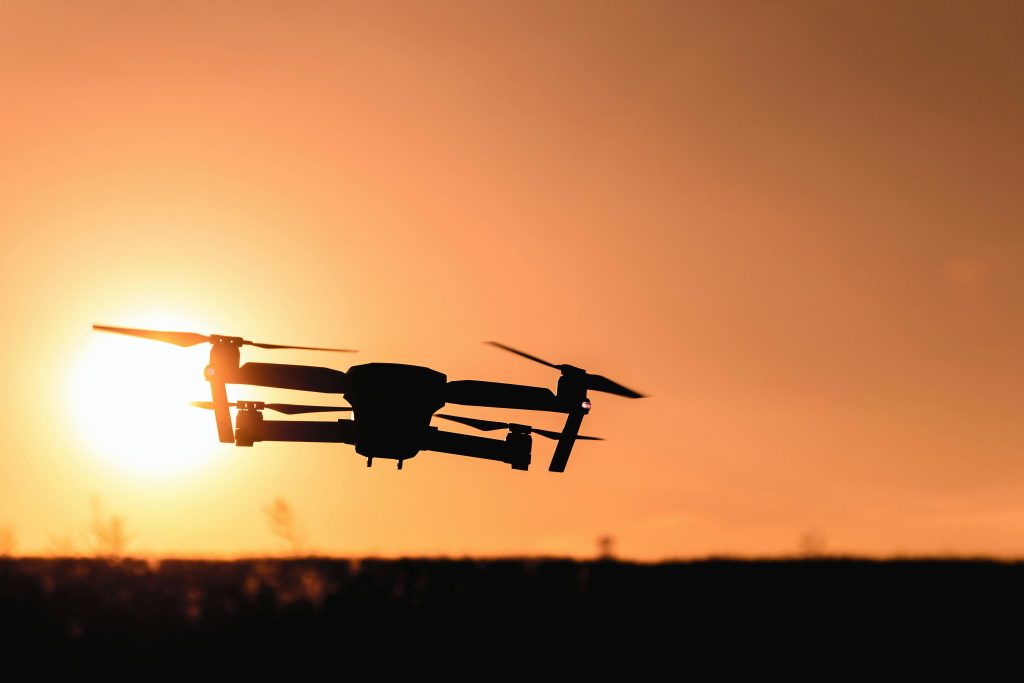
The rise of drone technology has transformed various industries, from filmmaking to agriculture, and even recreational activities like drone racing. However, not all drones are created equal. Among the many types of drones available, FPV drones (First-Person View drones) and traditional drones stand out as the two primary categories that capture the interest of hobbyists, professionals, and enthusiasts alike.
While both types of drones offer unique capabilities, they differ significantly in terms of design, functionality, and ideal applications.
This post aims to compare FPV drones and traditional drones in terms of their flight experience, ease of use, camera quality, battery life, and suitability for different tasks.
Flight Experience: Immersive vs. Observational
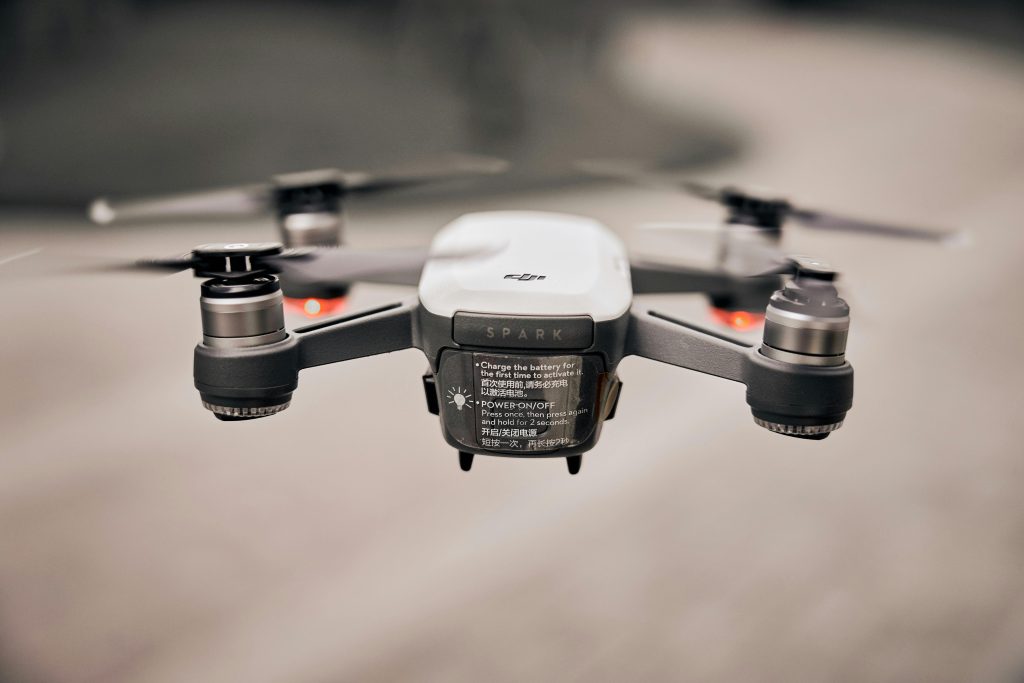
The most immediate and striking difference between FPV drones and traditional drones is the flight experience they provide. FPV drones offer a highly immersive flying experience, where the pilot sees exactly what the drone sees, through a specialized FPV goggles. These goggles stream real-time footage from the drone’s camera, creating the sensation of flying the drone from within.
This immersive experience is the main attraction for drone racers and hobbyists who enjoy performing high-speed maneuvers and complex stunts. The first-person view enhances the thrill of controlling the drone as if you were inside it. It helps you find your way through obstacles, or tight corners. This makes FPV drones ideal for construction site survey, freestyle flying, and even capturing dynamic, action-packed shots.
In contrast, traditional drones provide a third-person view of the flight. The drone’s camera feed is displayed on a smartphone or tablet that connects to the drone’s controller. This perspective allows the pilot to control the drone while observing it from a distance, making traditional drones suitable for aerial photography, filmmaking, and general recreational flying.
While the third-person view lacks the immediacy and excitement of an FPV experience, it offers the advantage of easier control and a broader perspective of the drone’s surroundings. Traditional drones excel in stability, which is crucial for capturing smooth and steady footage or conducting professional aerial surveys.
Ease of Use: A Steeper Learning Curve vs. Simplicity
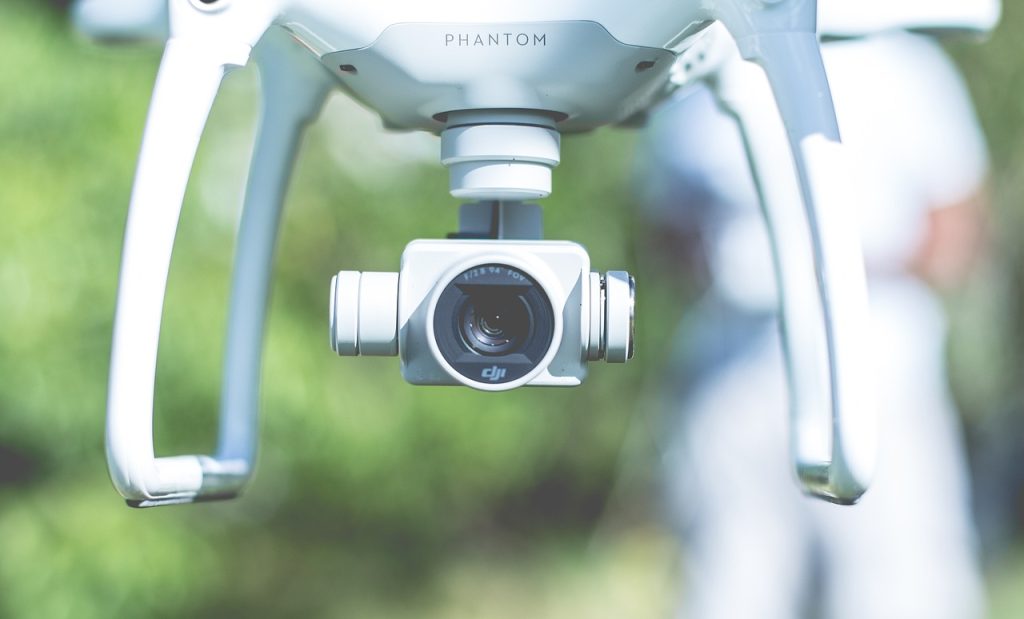
Another key distinction between FPV drones and traditional drones is their ease of use. FPV drones require a higher level of skill and manual control.
Pilots must master the intricacies of flying without the assistance of stabilization systems, as most FPV drones are designed for agility and speed rather than smooth, steady flight. This makes flying an FPV drone more challenging, particularly for beginners. While experienced pilots can easily navigate through complex stunts, novice flyers may need significant practice to fly FPV drones safely and effectively.
Traditional drones, on the other hand, are designed to be user-friendly. Many traditional drones come equipped with GPS stabilization, automatic altitude hold, and return-to-home functions, making them far easier for beginners to operate. In addition, automated flight modes like Follow Me, Waypoint Navigation, and Orbit Mode allows the drone to perform tasks autonomously, requiring minimal input from the pilot. These features make traditional drones a great choice for those who want a straightforward flying experience without the steep learning curve associated with FPV drones.
Camera Quality and Stability: Fixed vs. Stabilized
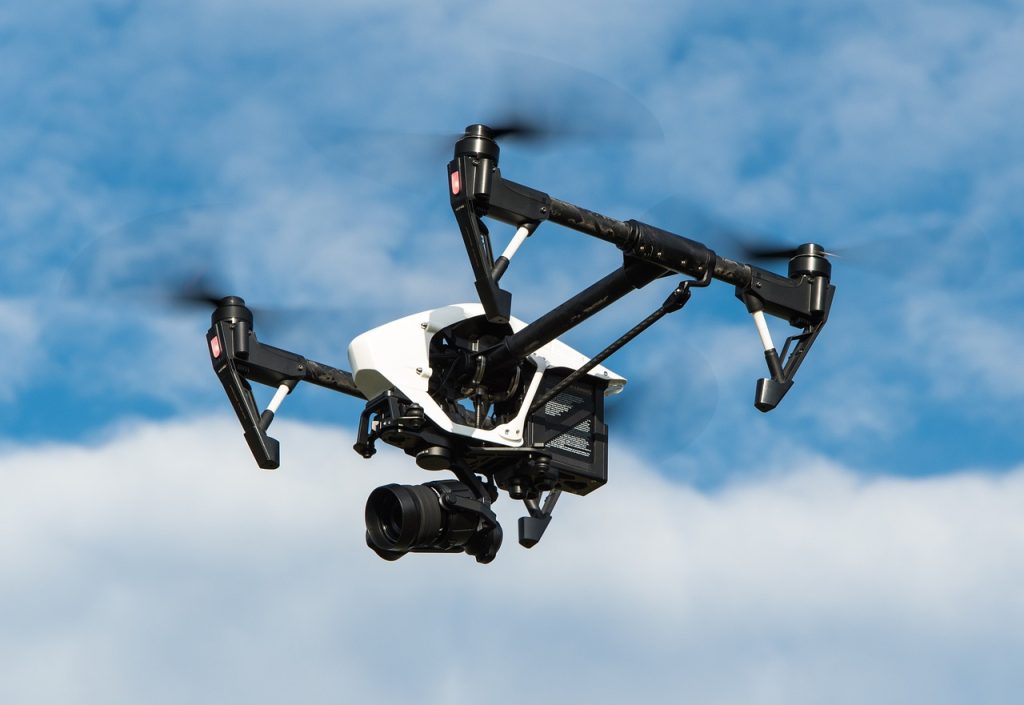
The quality of the camera and the stability of the video feed are also important factors to consider when comparing FPV drones and traditional drones.
FPV drones, by design, are built for agility and high-speed performance rather than smooth, stable footage. While they may feature high-quality cameras, these cameras are often fixed or only slightly adjustable, limiting the ability to capture smooth and steady shots during flight. This is a significant drawback for those seeking professional-grade video or cinematography. However, FPV drones excel at capturing dynamic action shots; the kind that involve fast movements, sharp turns, and thrilling stunts.
In contrast, traditional drones are equipped with gimbal systems that help stabilize the camera during flight. These gimbals ensure that the camera remains level and smooth, even when the drone is flying in less-than-ideal conditions, such as windy weather or sudden changes in direction. The high level of stabilization provided by these drones makes them ideal for aerial photography, construction site survey, roof inspection, event coverage, virtual tour and other applications where image quality is paramount. As a result, traditional drones are the go-to choice for professionals looking to capture steady, high-resolution footage.
Battery Life: Shorter vs. Longer Flight Times
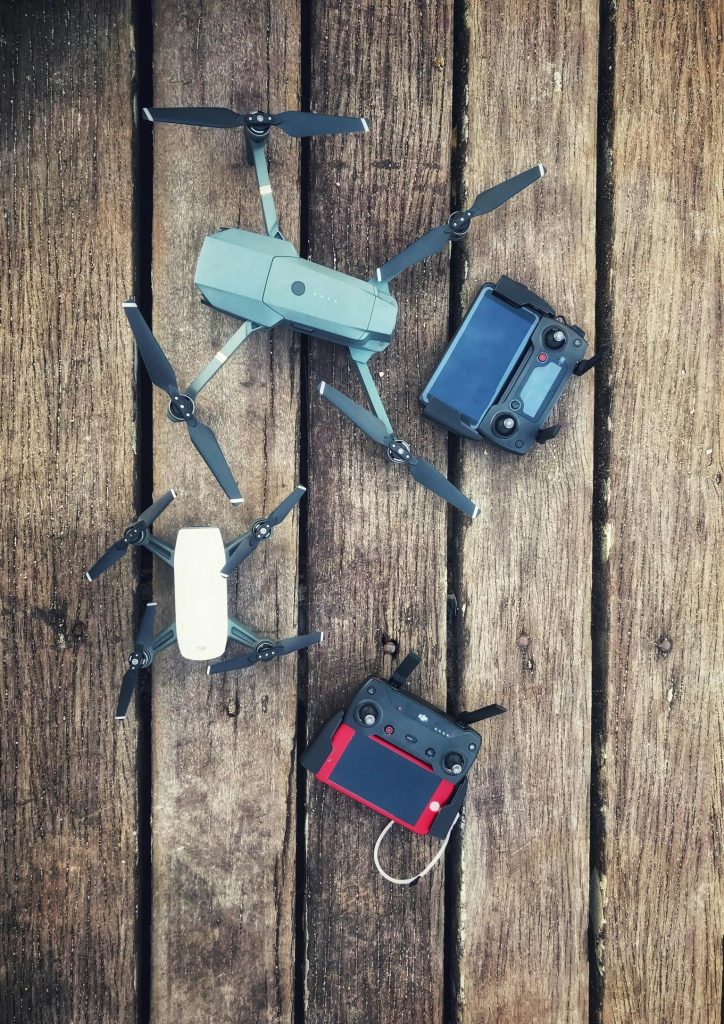
Battery life is another area where FPV drones and traditional drones differ. Generally speaking, FPV drones have shorter battery lives compared to their traditional counterparts. This is largely due to their emphasis on speed and agility, which places a greater demand on the drone’s battery. Most FPV drones typically offer flight times ranging from 5 to 15 minutes, depending on the model and the intensity of the flight.
For drone racers and hobbyists, this shorter flight time is often sufficient for a few laps around a racing course or a quick freestyle session. However, it can be a limitation for those who need to fly for extended periods or perform complex tasks that require longer flight times.
Traditional drones, on the other hand, are built for longer, more stable flights, with typical flight times ranging from 20 to 40 minutes. This makes them ideal for tasks such as surveying, aerial photography, and drone mapping where a longer time in the air is essential for gathering comprehensive data or capturing expansive shots. The extended battery life of traditional drones is one of the reasons why they are often preferred for commercial and professional use.
Suitability for Different Tasks: Dynamic vs. Practical Applications
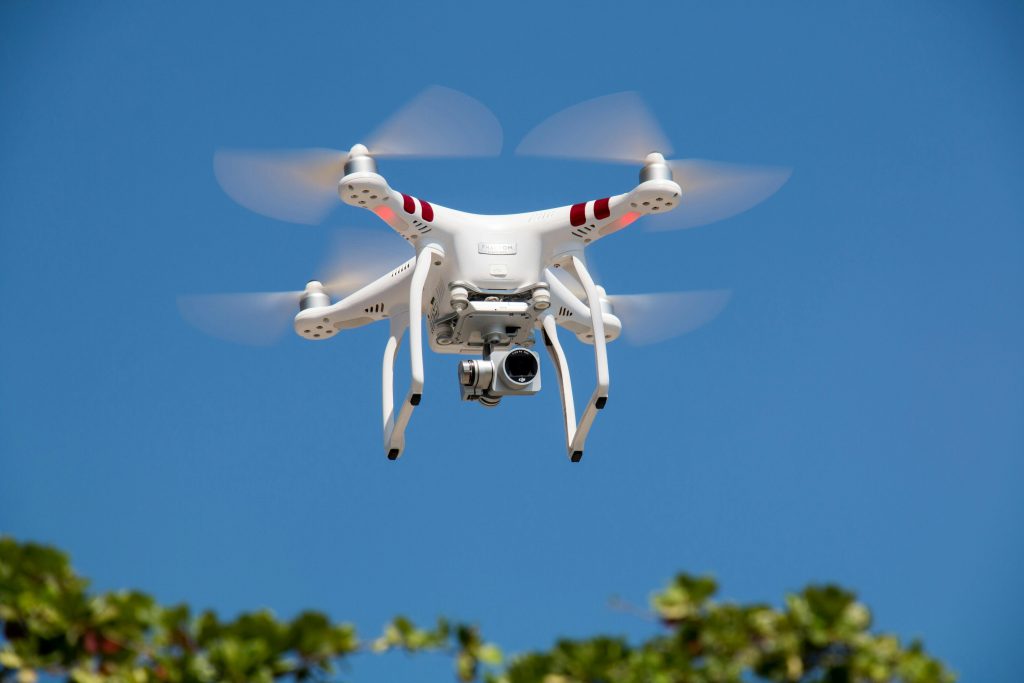
When it comes to practicality and task suitability, both FPV drones and traditional drones excel in their respective domains. FPV drones are the preferred choice for activities that require dynamic flying and quick reflexes, such as drone racing or freestyle aerial stunts. They are also used for specialized tasks like industrial inspections in tight or difficult-to-reach spaces.
FPV drones allow operators to navigate narrow corridors or hazardous environments with agility, making them indispensable in certain commercial applications.
Traditional drones, on the other hand, are more versatile when it comes to practical tasks like aerial photography, surveying, and filmmaking. Their ease of use, stable flight, and long battery life make them ideal for capturing smooth footage or performing tasks that require precision.
Additionally, traditional drones are widely used in industries like agriculture and real estate for monitoring crops or capturing images of properties from above. These drones are often equipped with advanced cameras and sensors to perform tasks like 3D mapping and land surveying, making them essential tools for professionals in various fields.
Conclusion
In conclusion, both FPV drones and traditional drones offer distinct advantages and cater to different types of drone enthusiasts and professionals.
FPV drones provide an exhilarating, first-person flying experience and are ideal for high-speed maneuvers, drone racing, and dynamic shots. However, they require greater skill to operate and have shorter battery lives.
Traditional drones, on the other hand, offer stable, user-friendly flight experiences, making them well-suited for tasks like aerial photography, surveying, and filmmaking. They are easier to control, have longer flight times, and produce high-quality, stabilized footage.
Ultimately, the decision between FPV drones and traditional drones depends on the intended use and the level of experience of the pilot.

While FPV drones are perfect for those seeking excitement and a challenge, traditional drones offer the practicality and stability needed for more professional and recreational applications.
Each type of drone has its place in the sky, and understanding their differences is key to choosing the right one for your needs.
At Crystal Drone Services, we are here to help YOU stay ahead with cutting-edge drone solutions tailored to your needs.
Whether you run a hotel, construction site, event venue, or any business that can benefit from the drone technology, we’ve got you covered.
Contact us TODAY to get started!!
